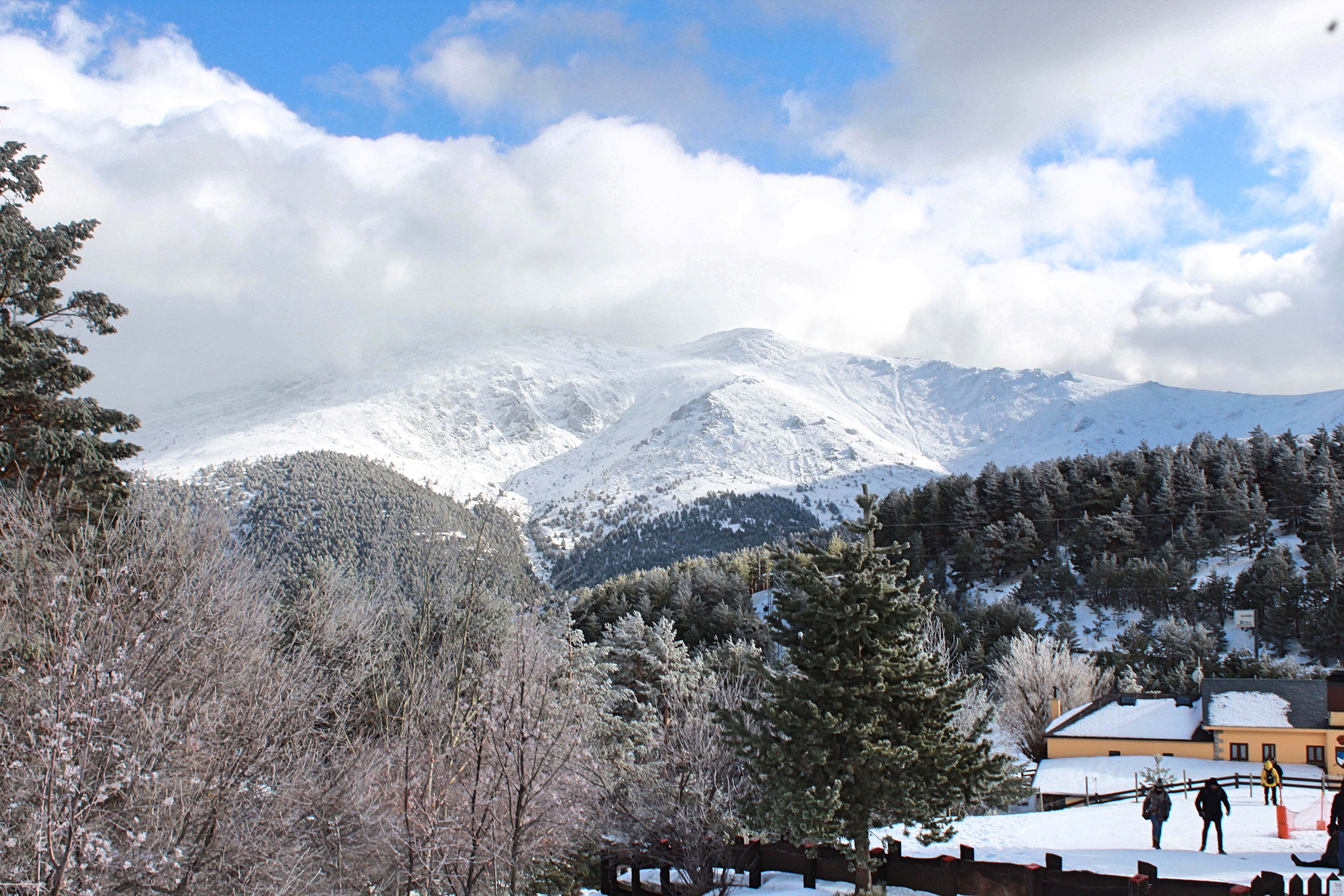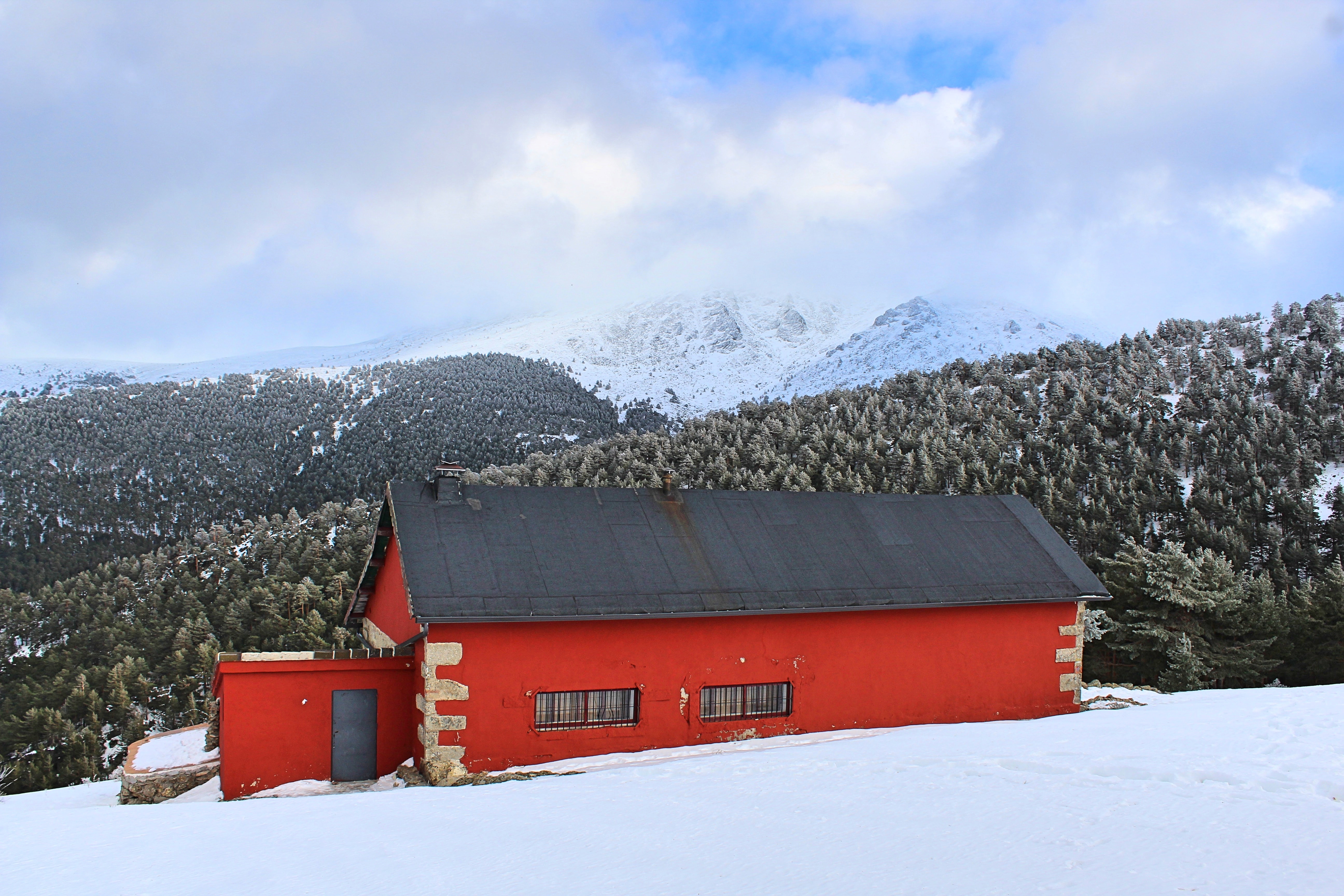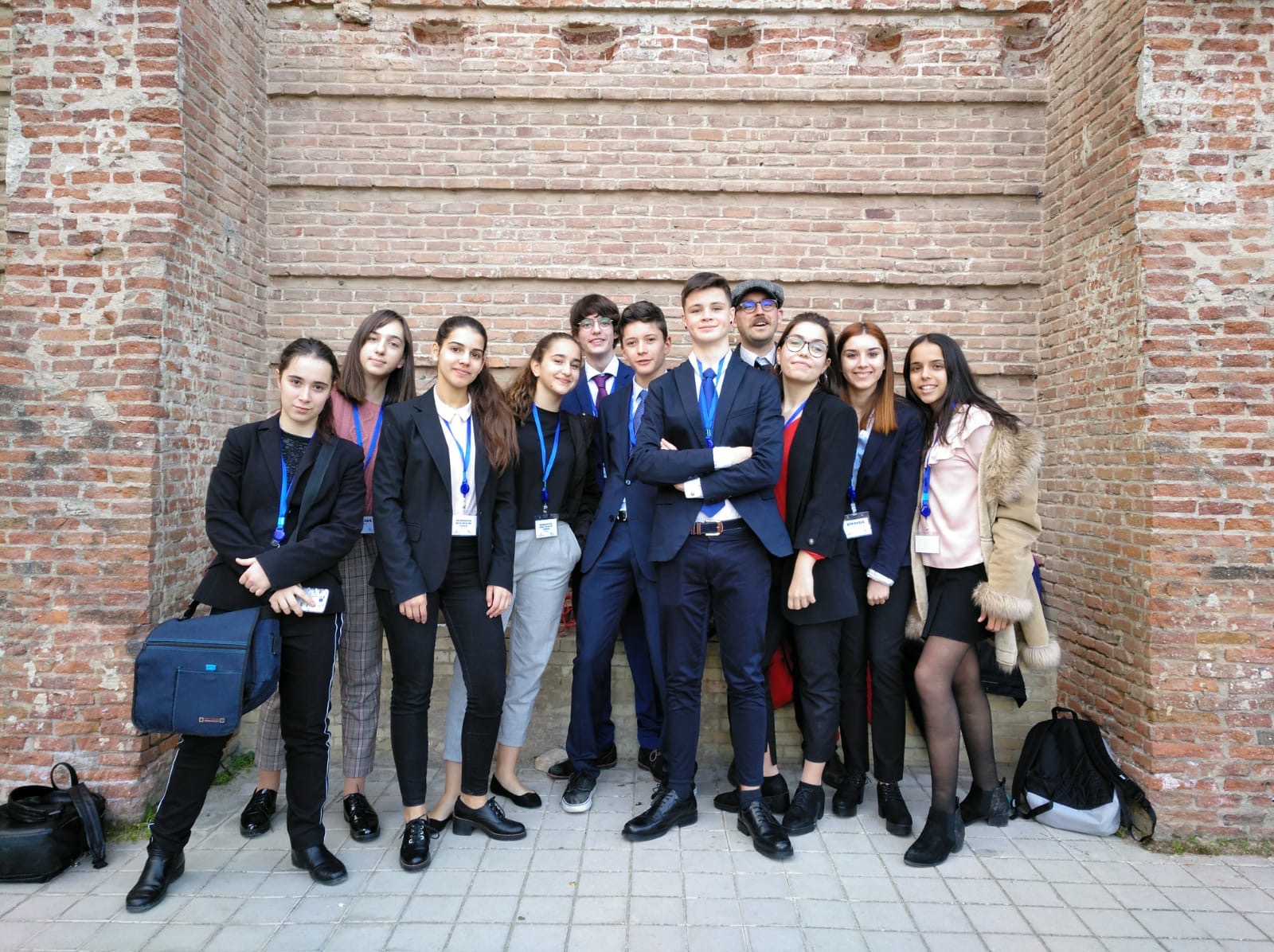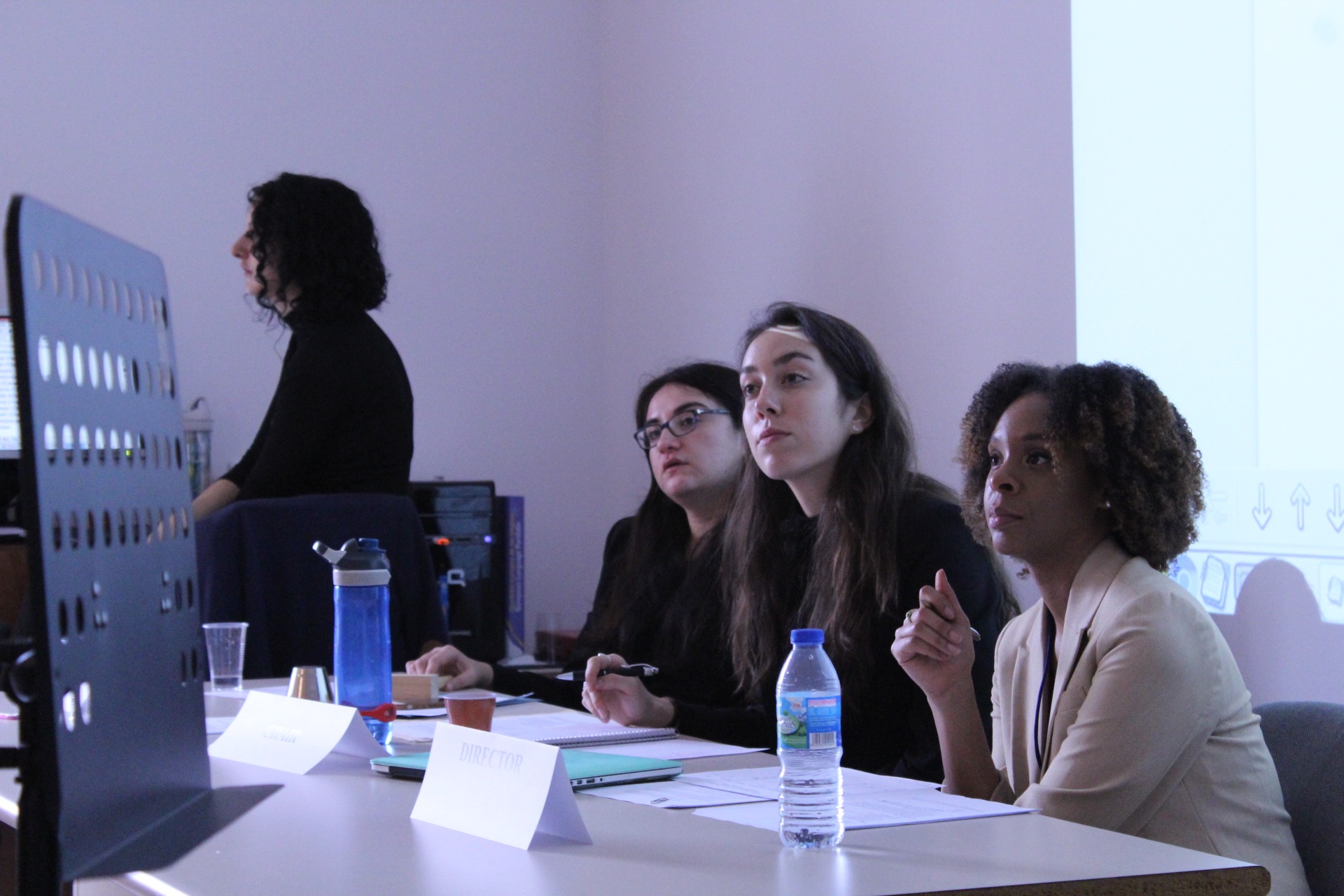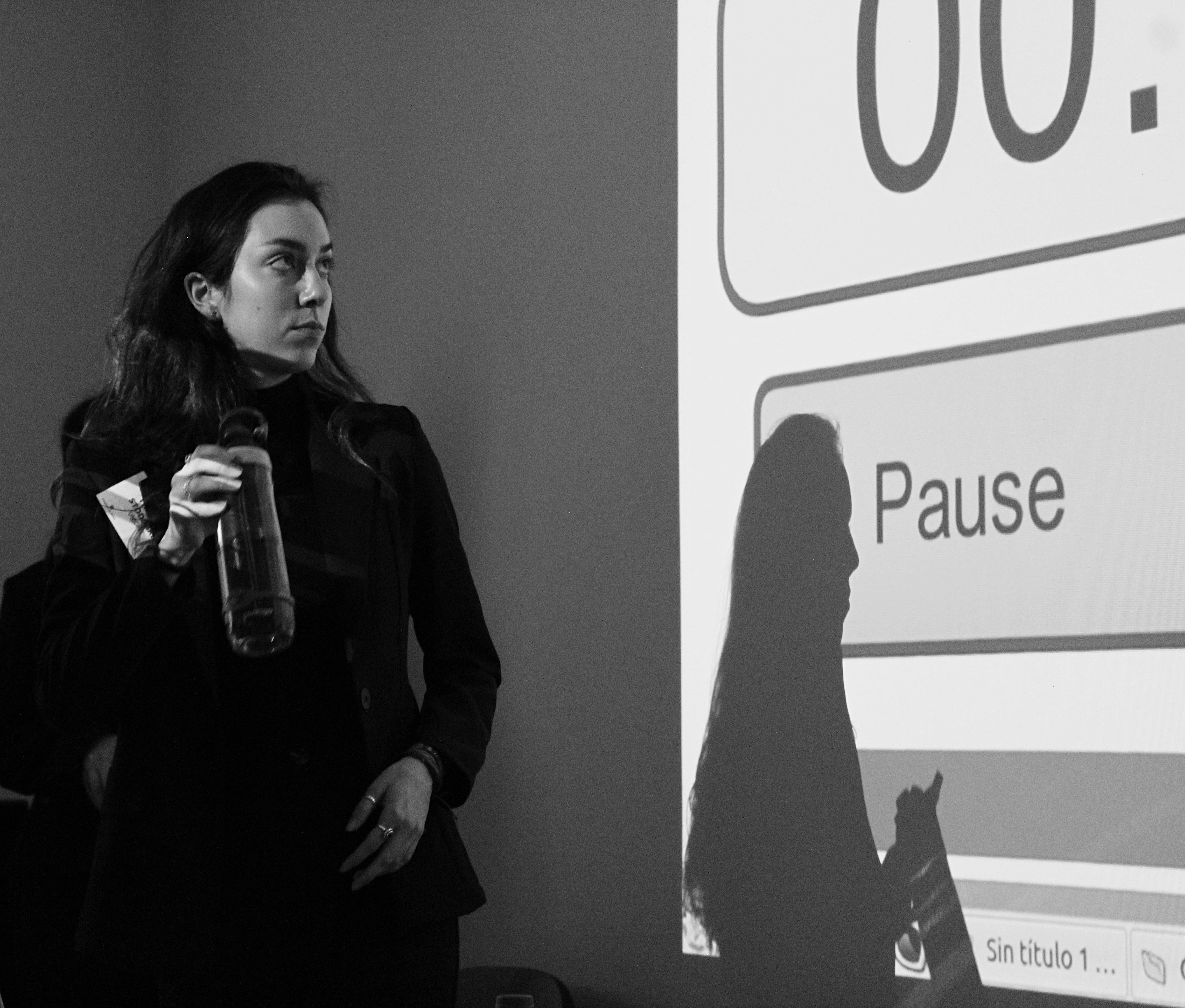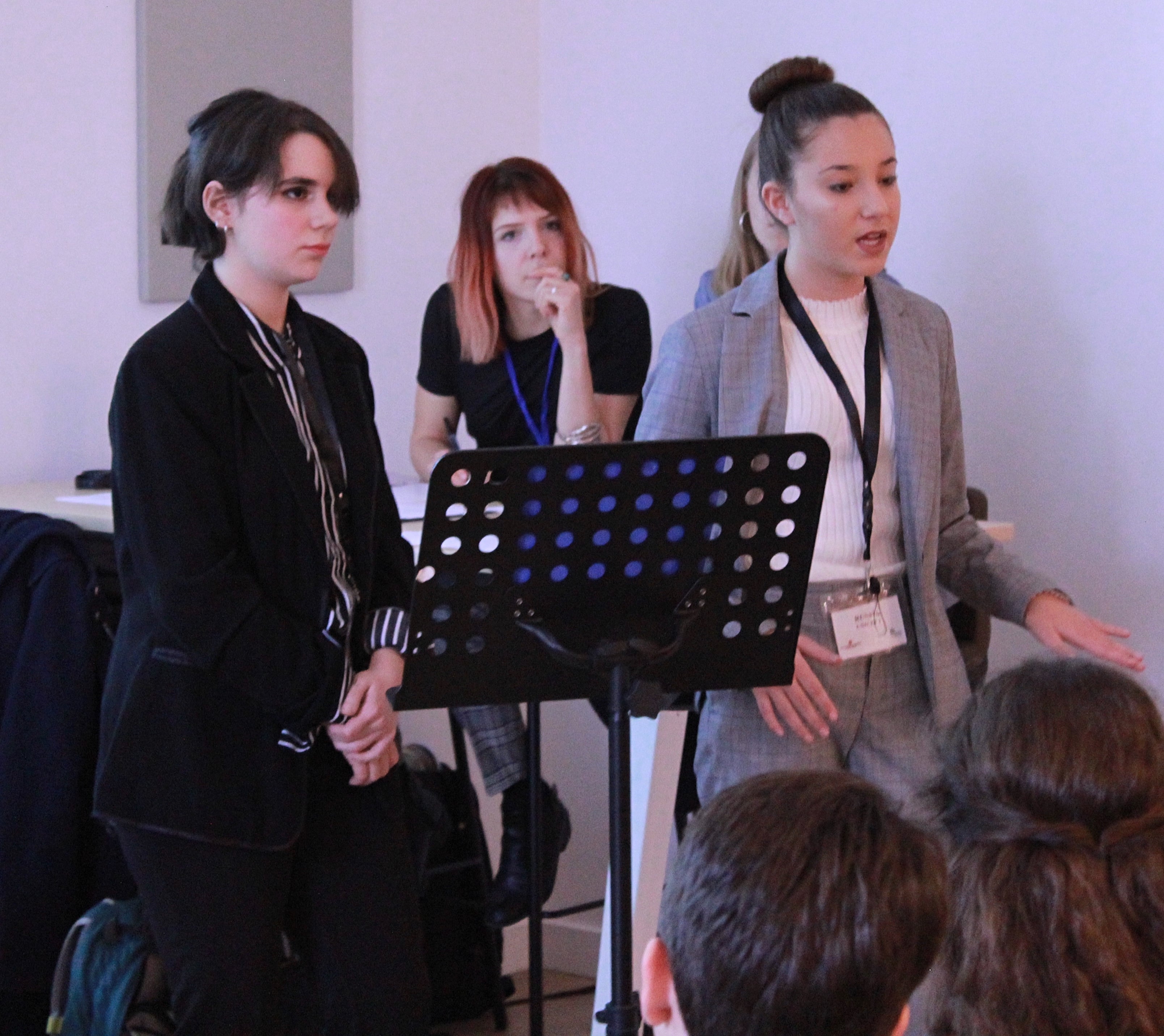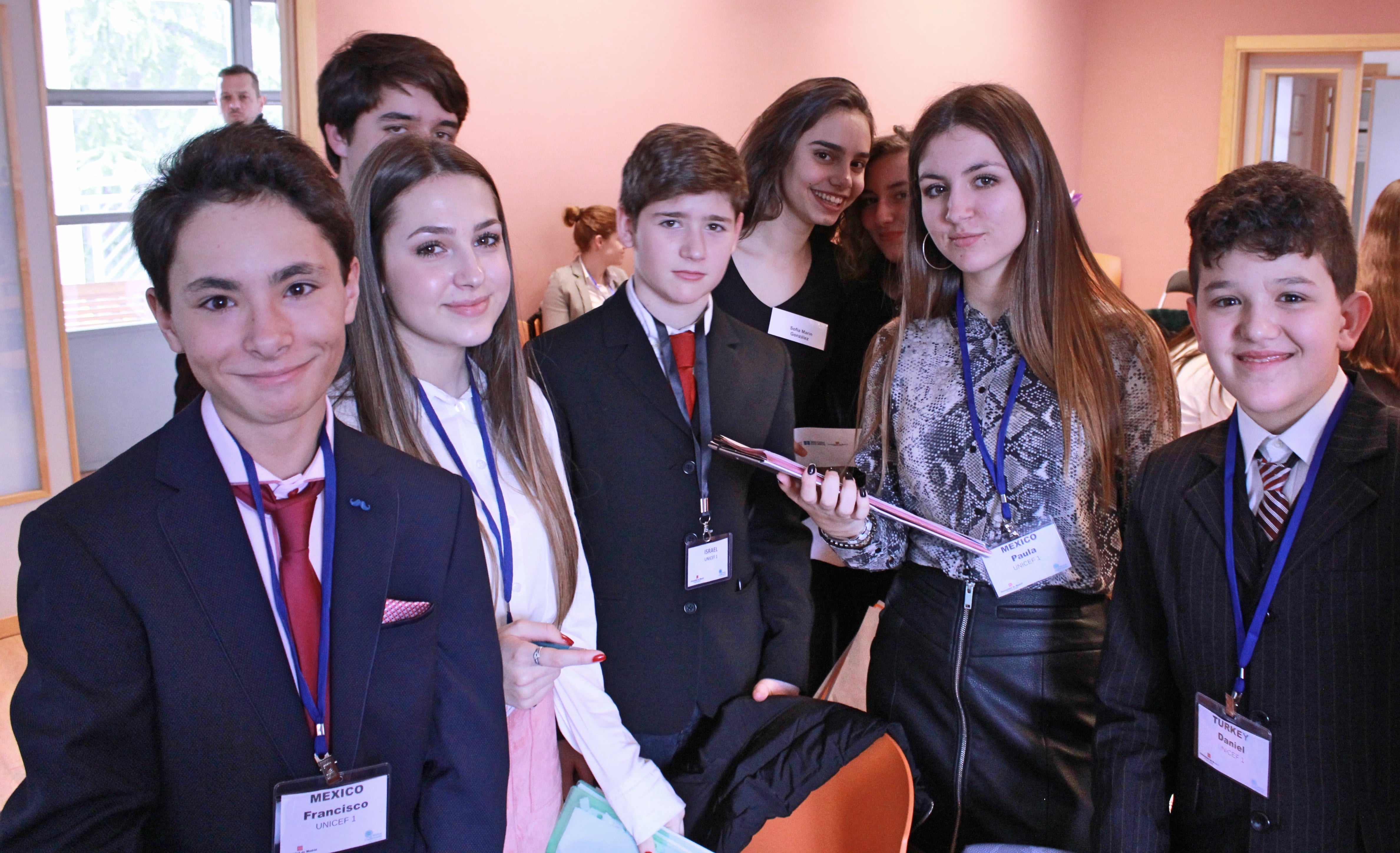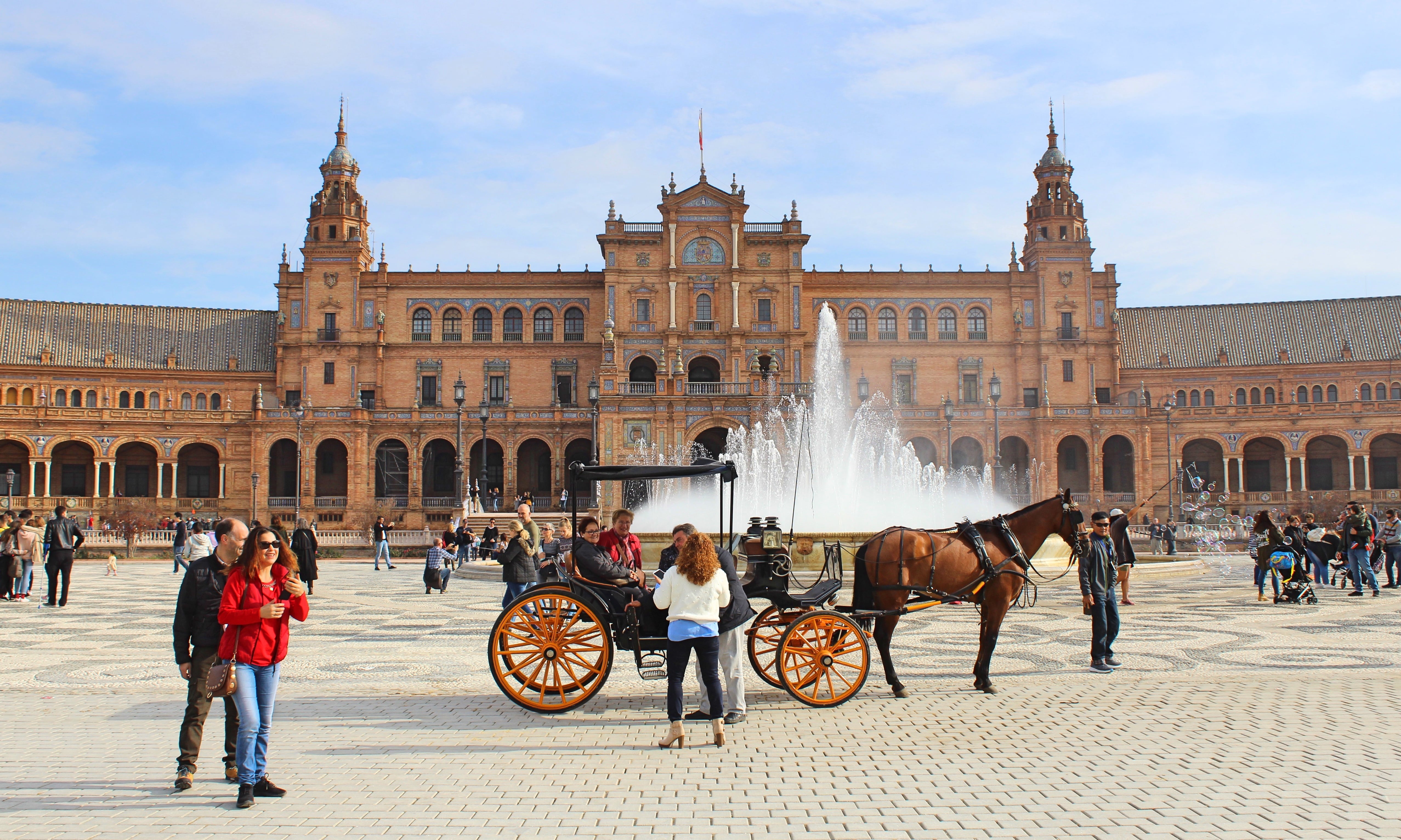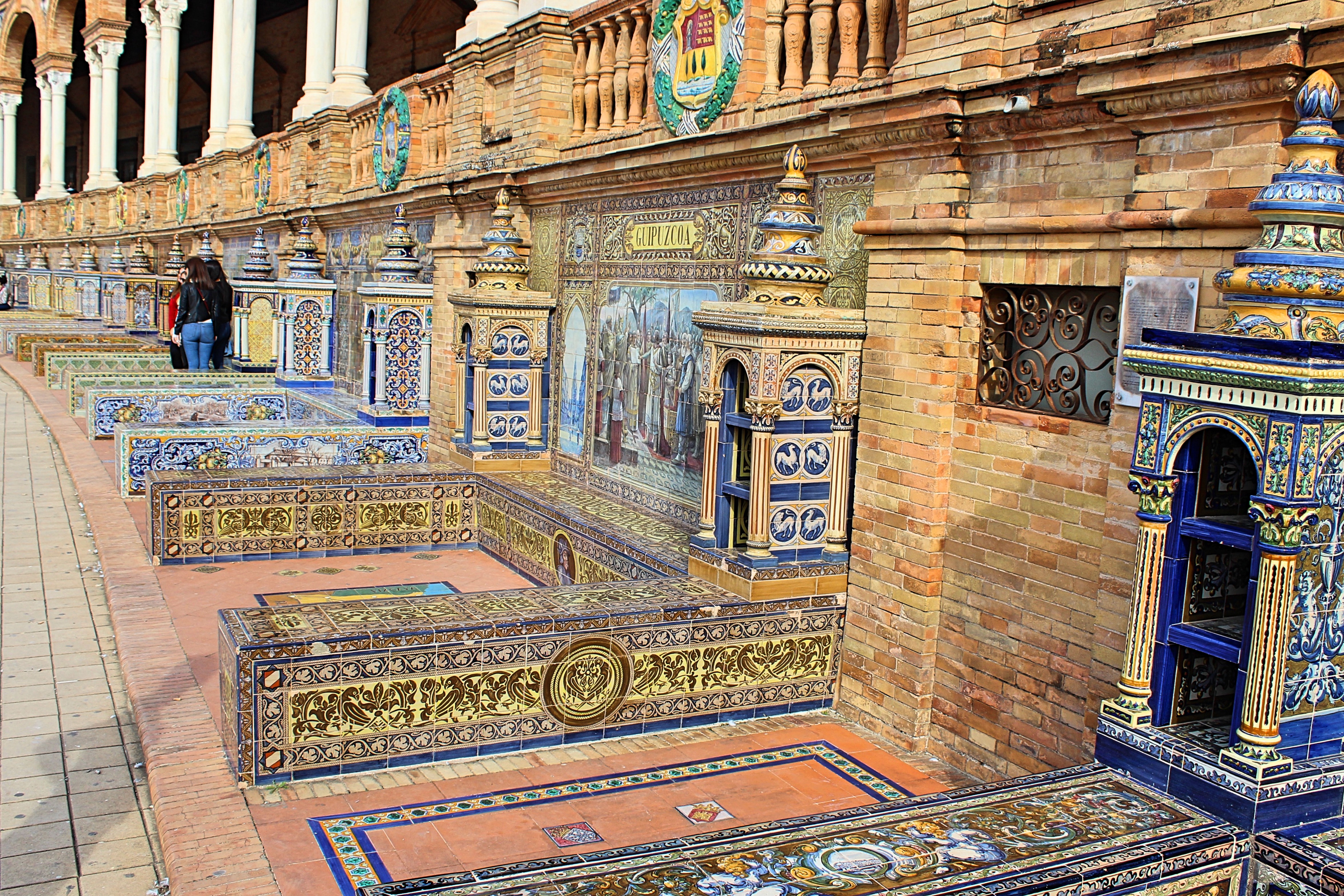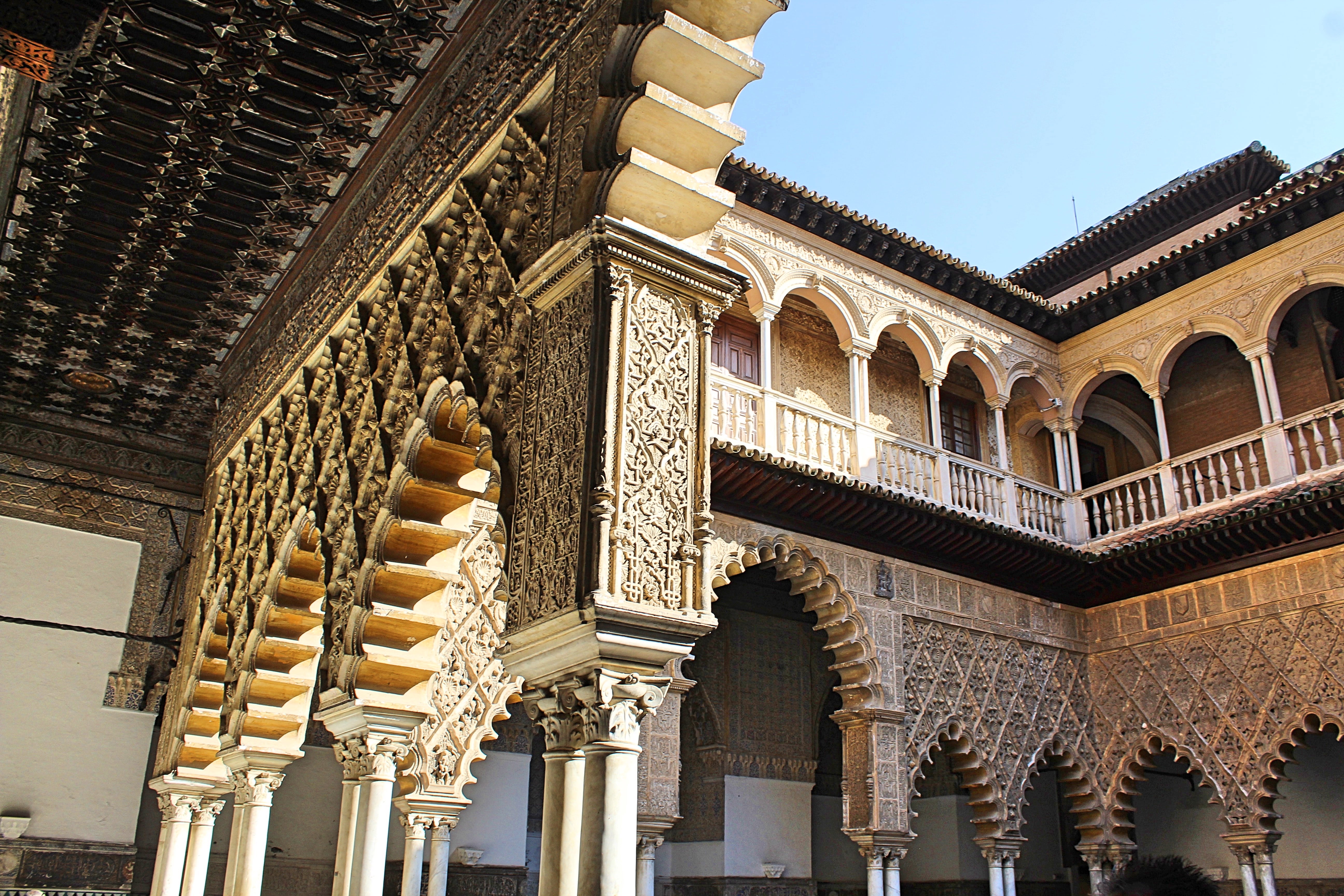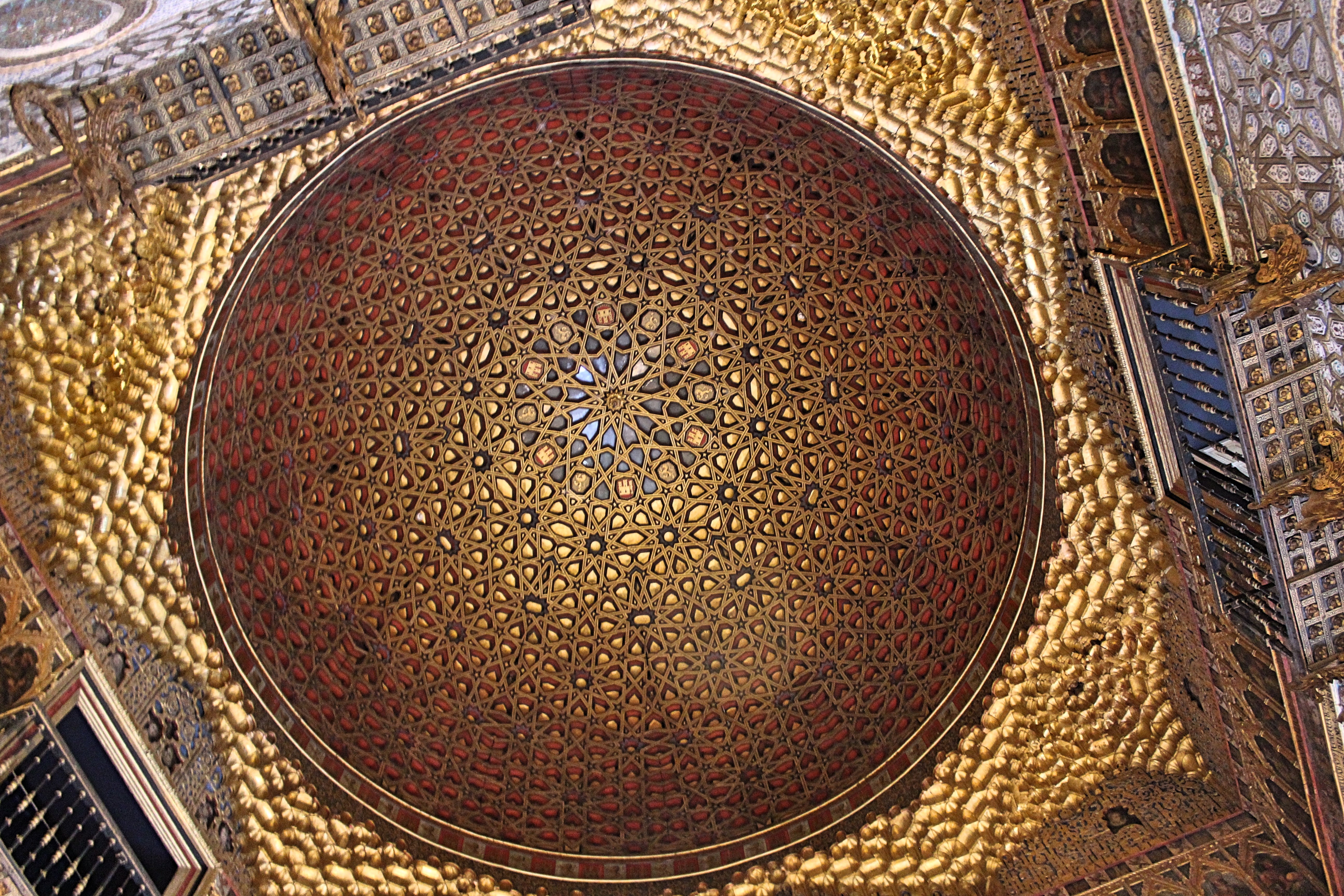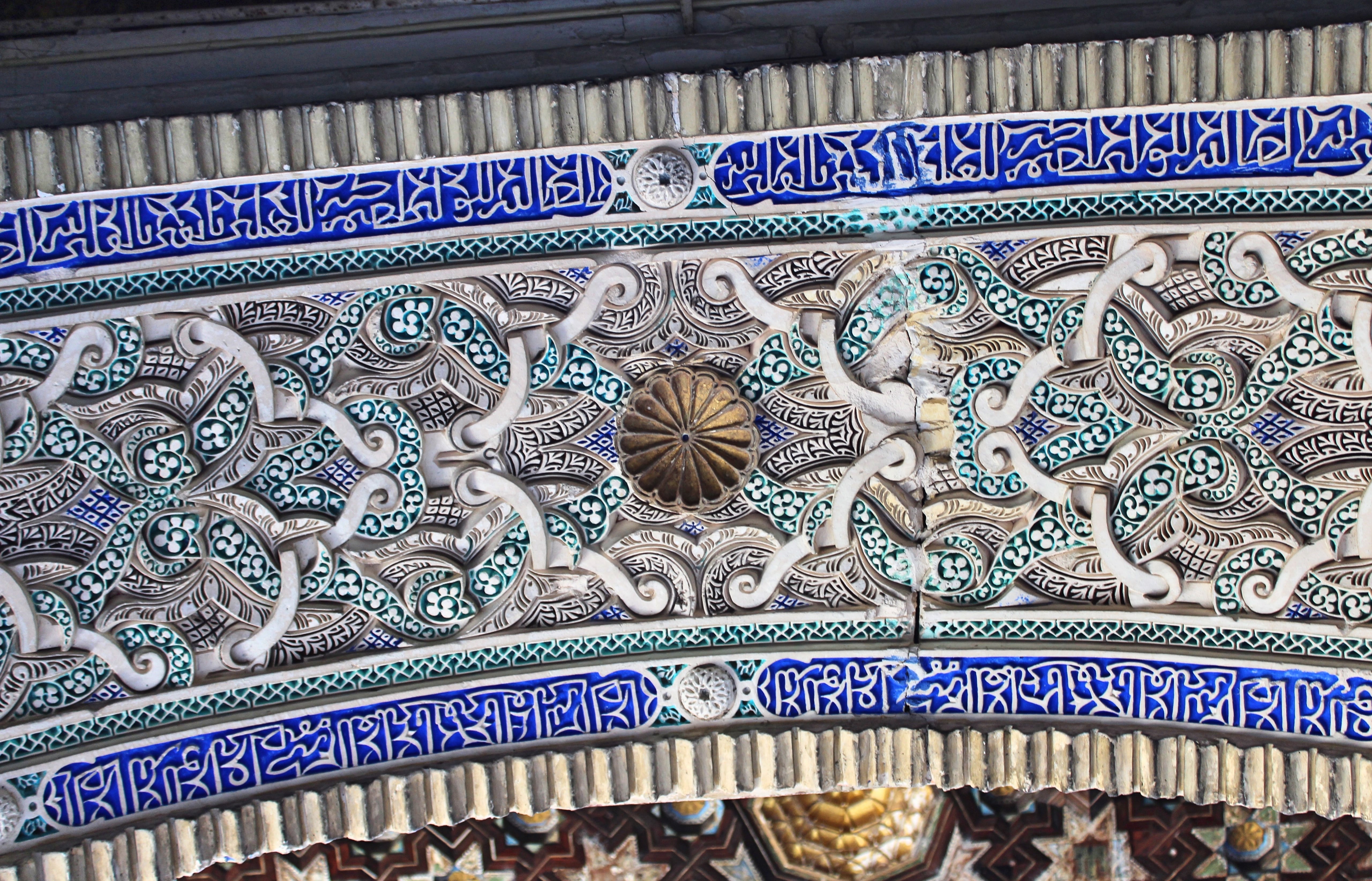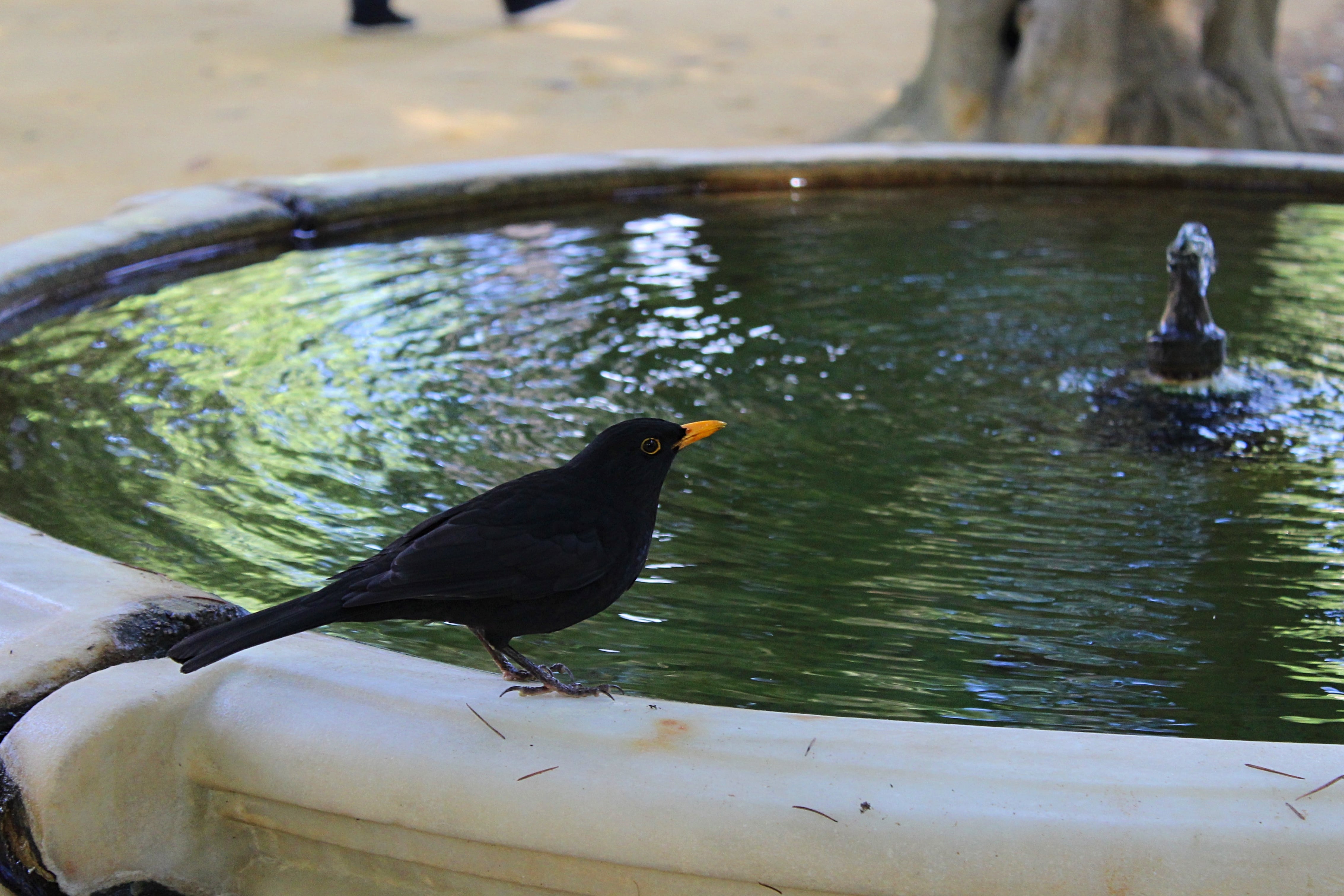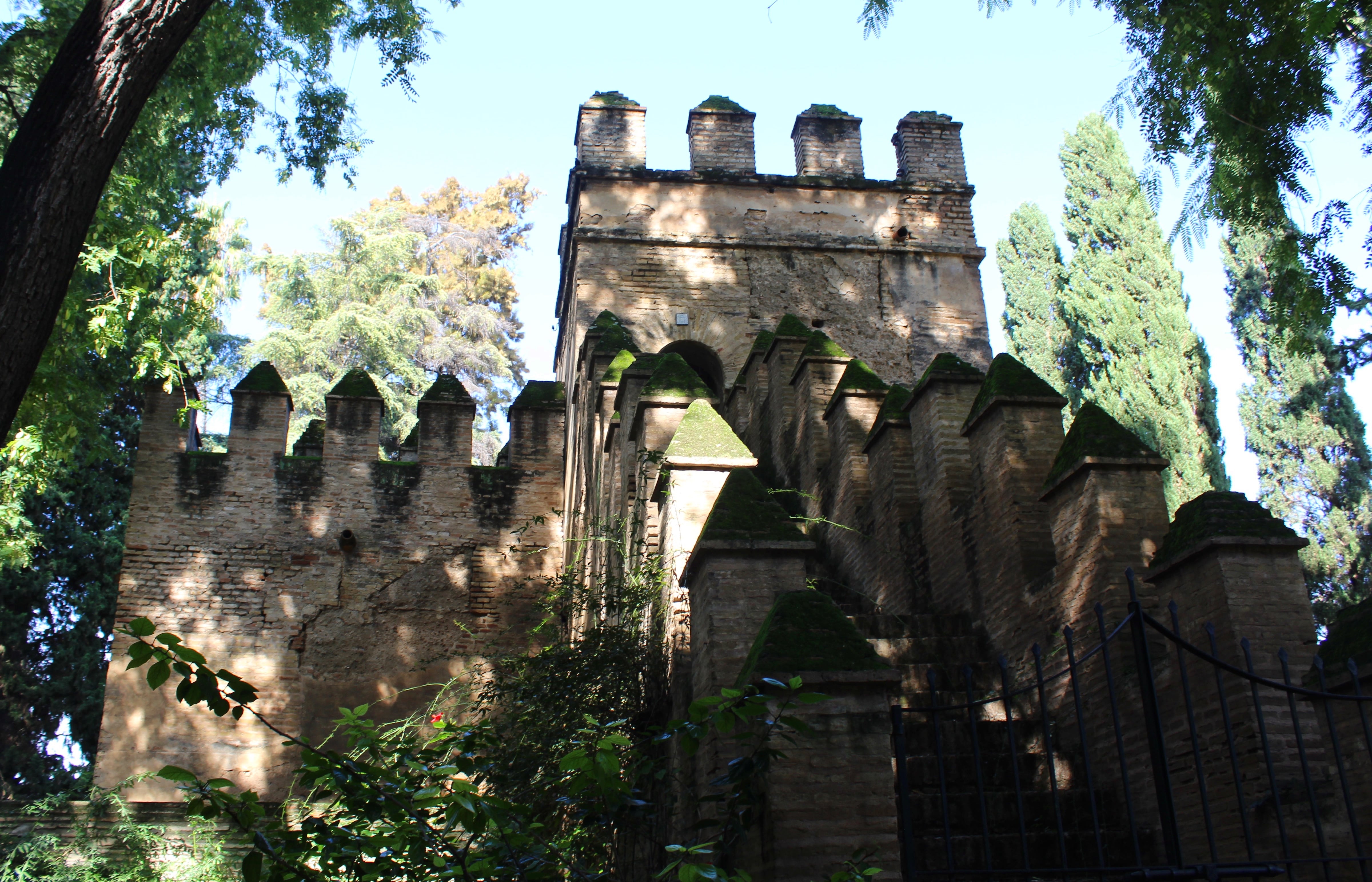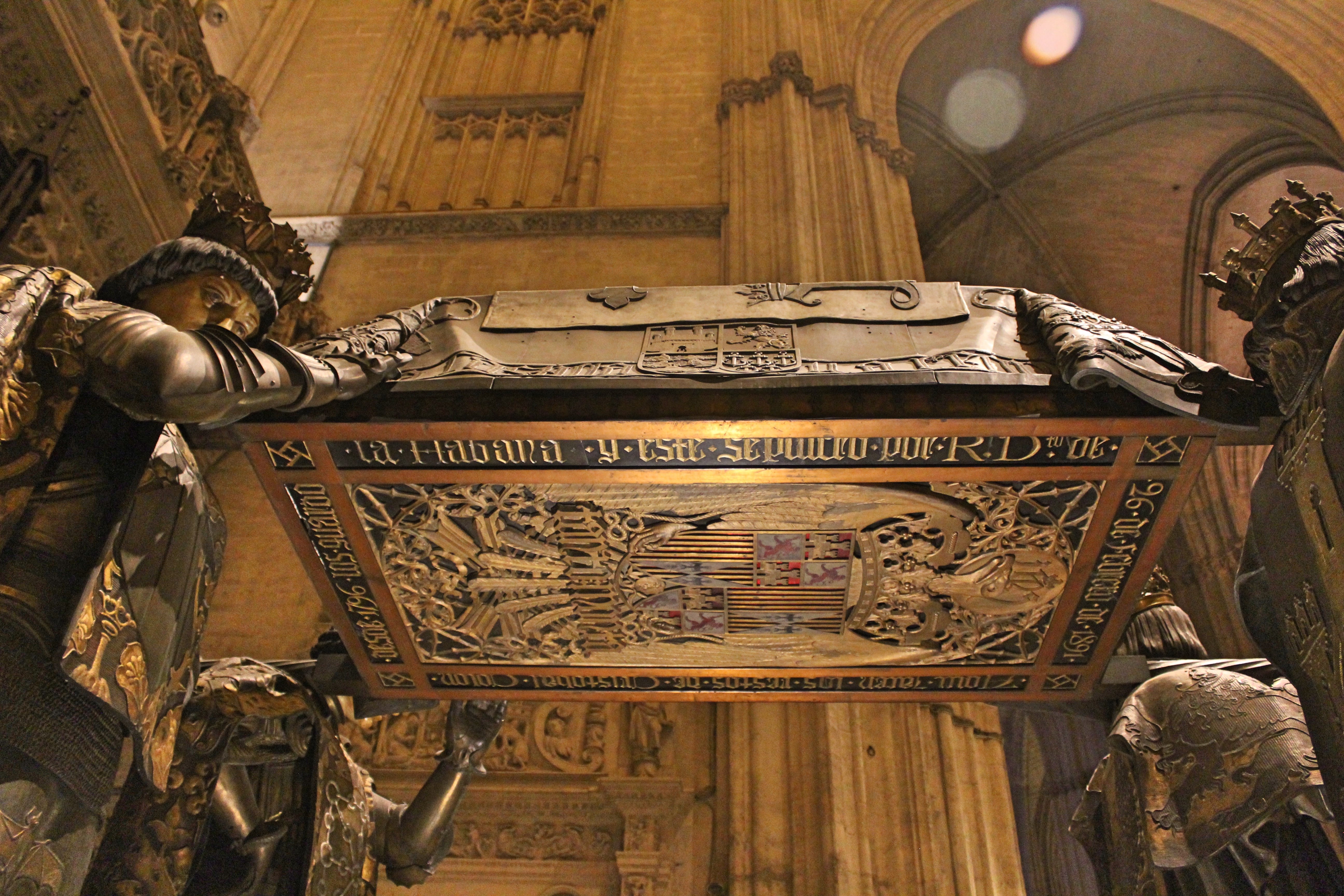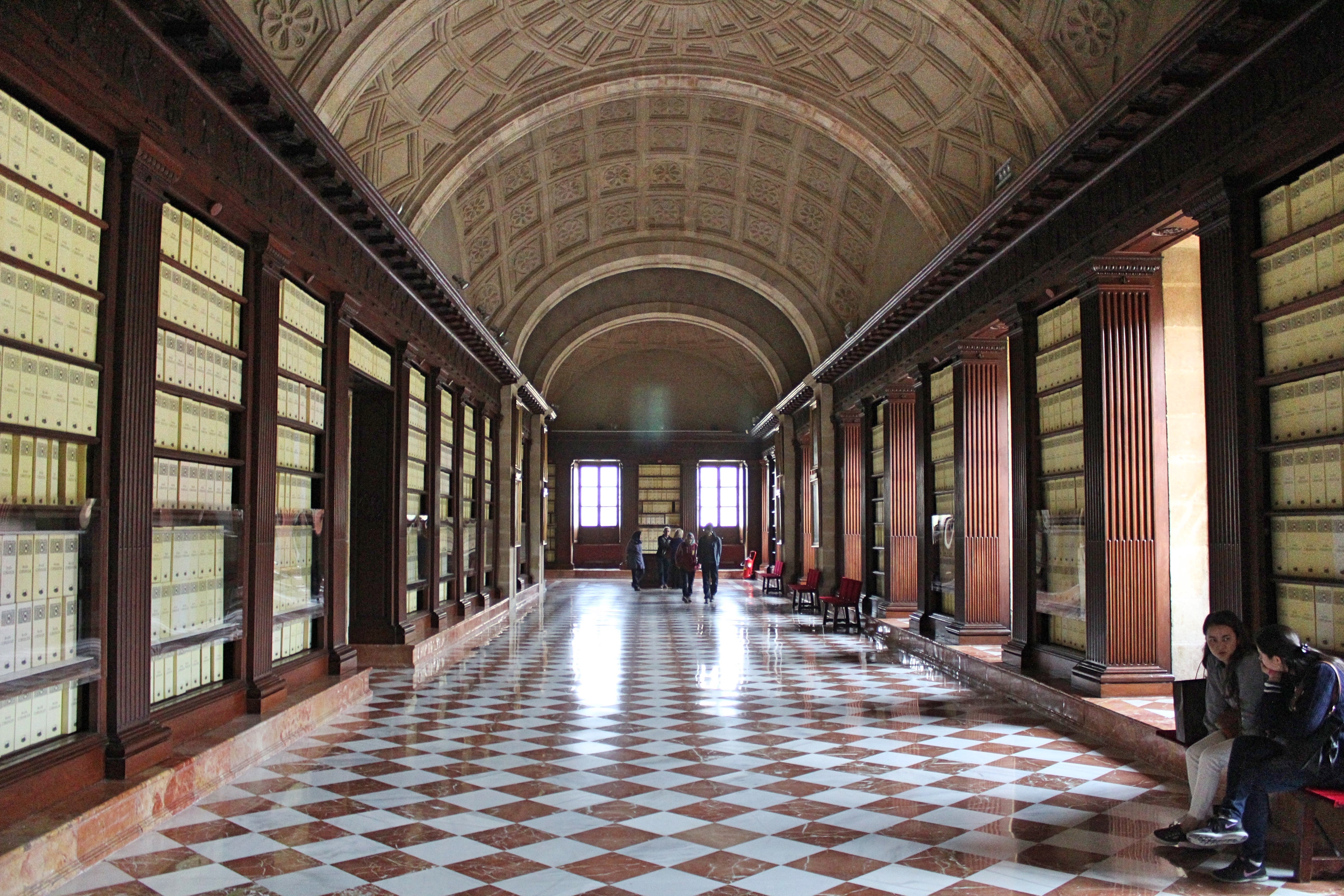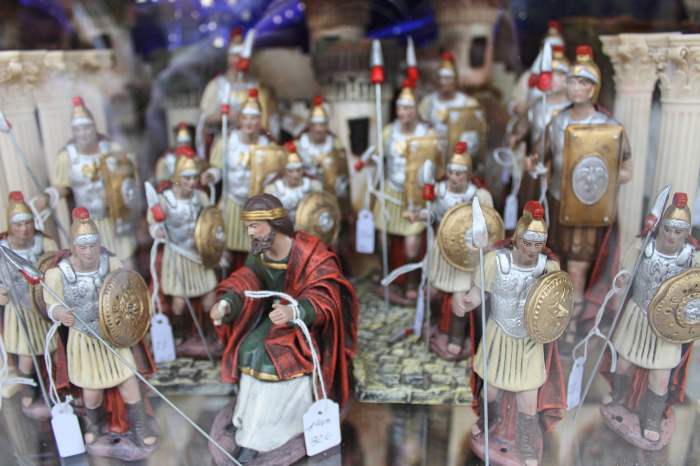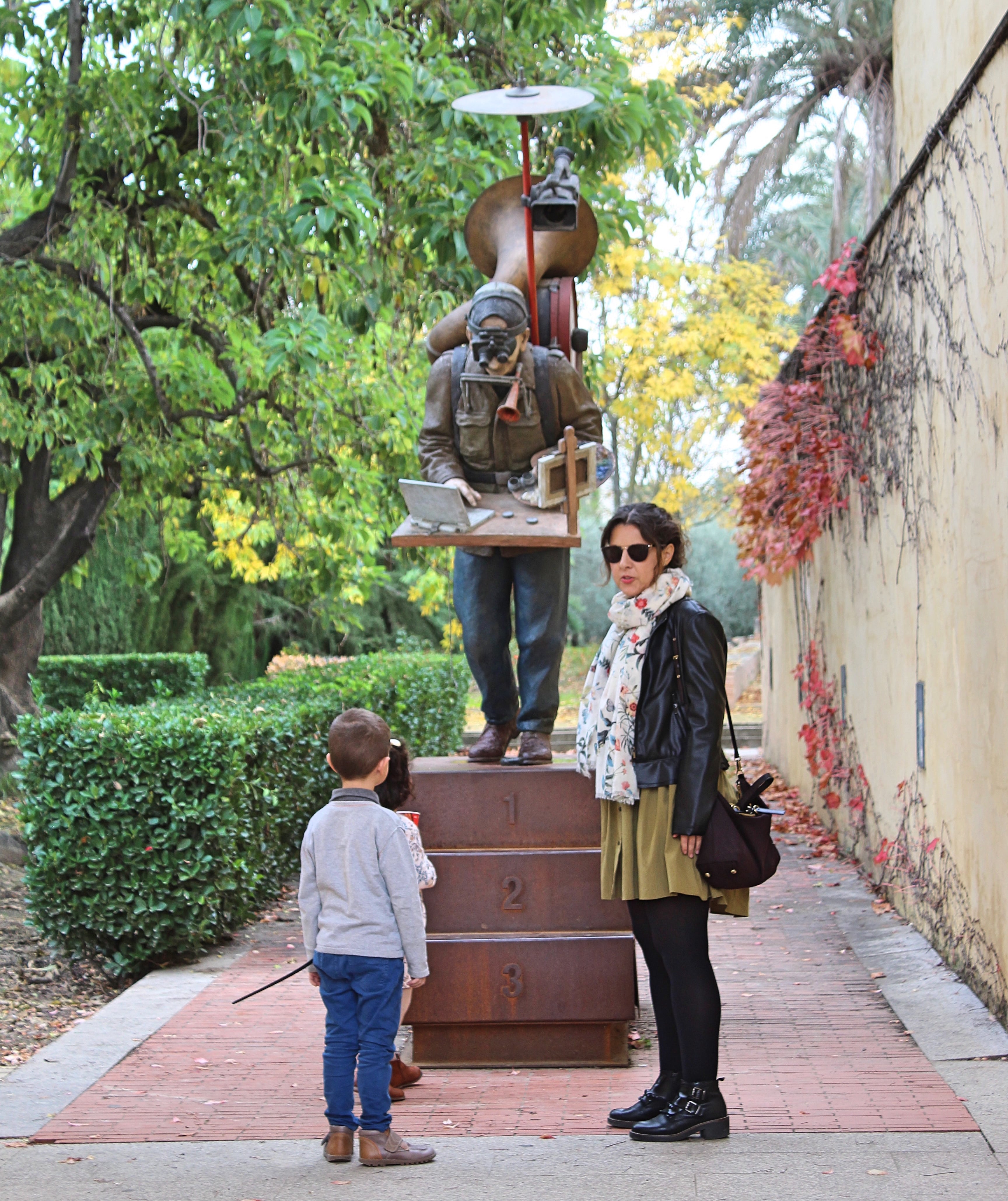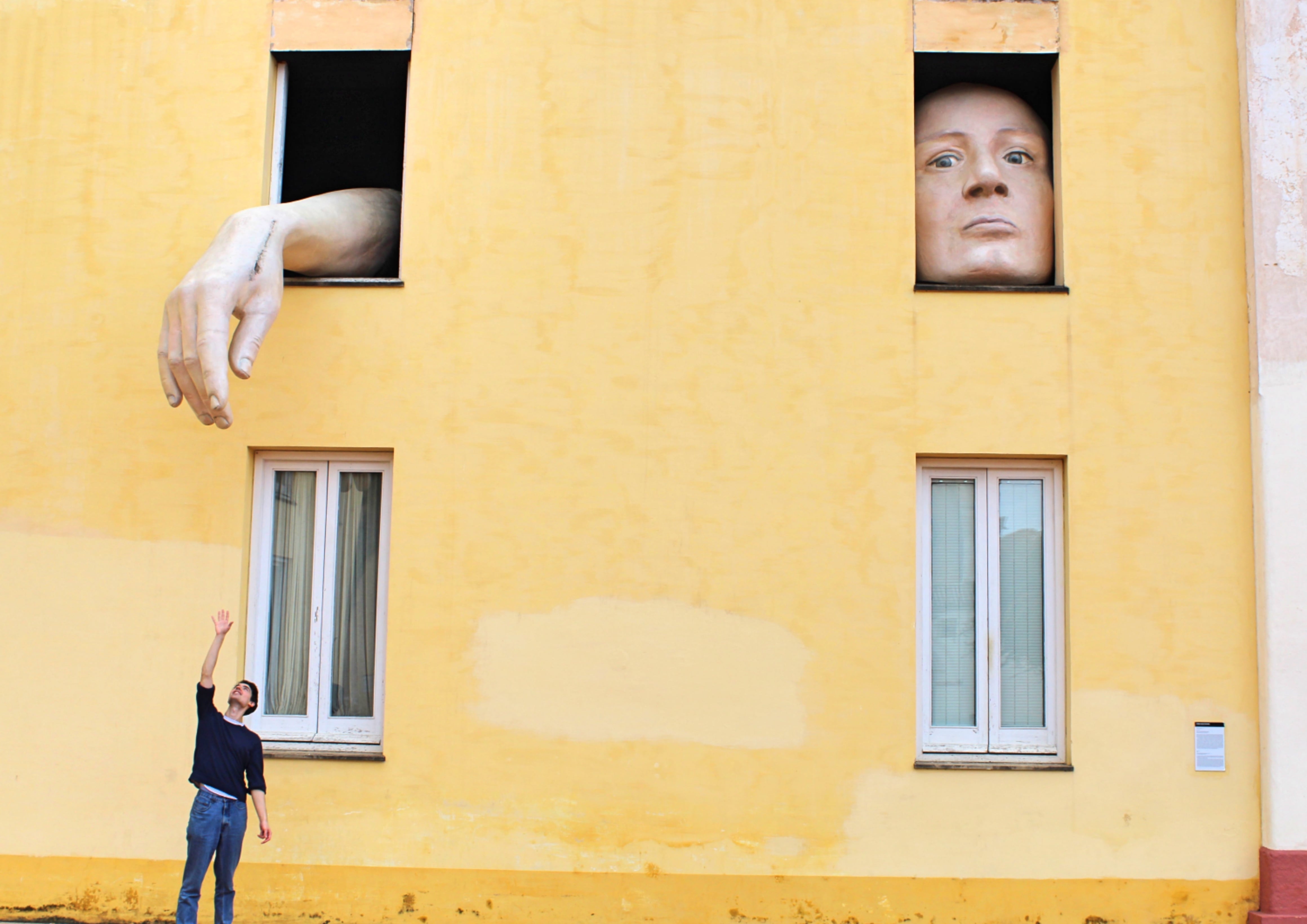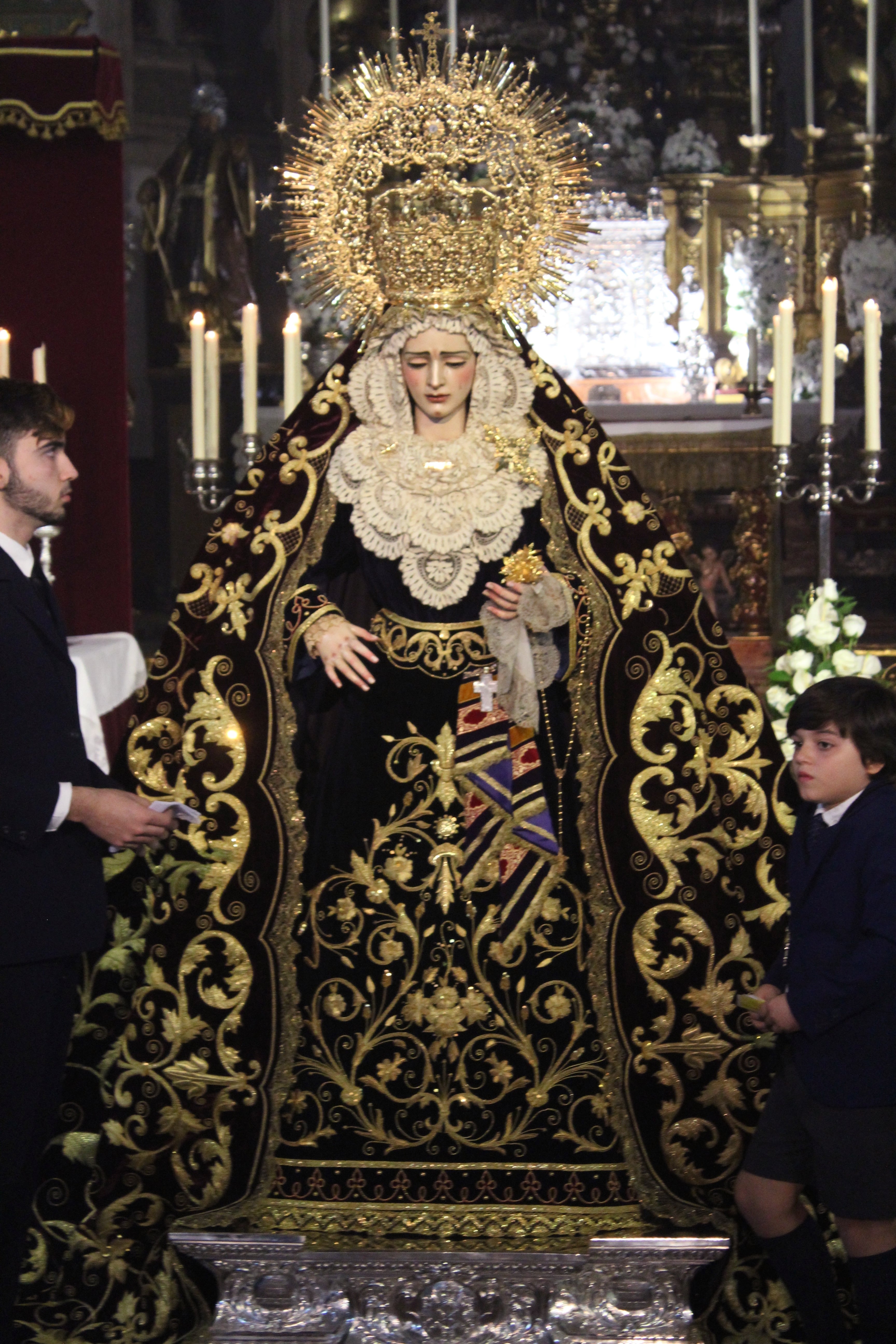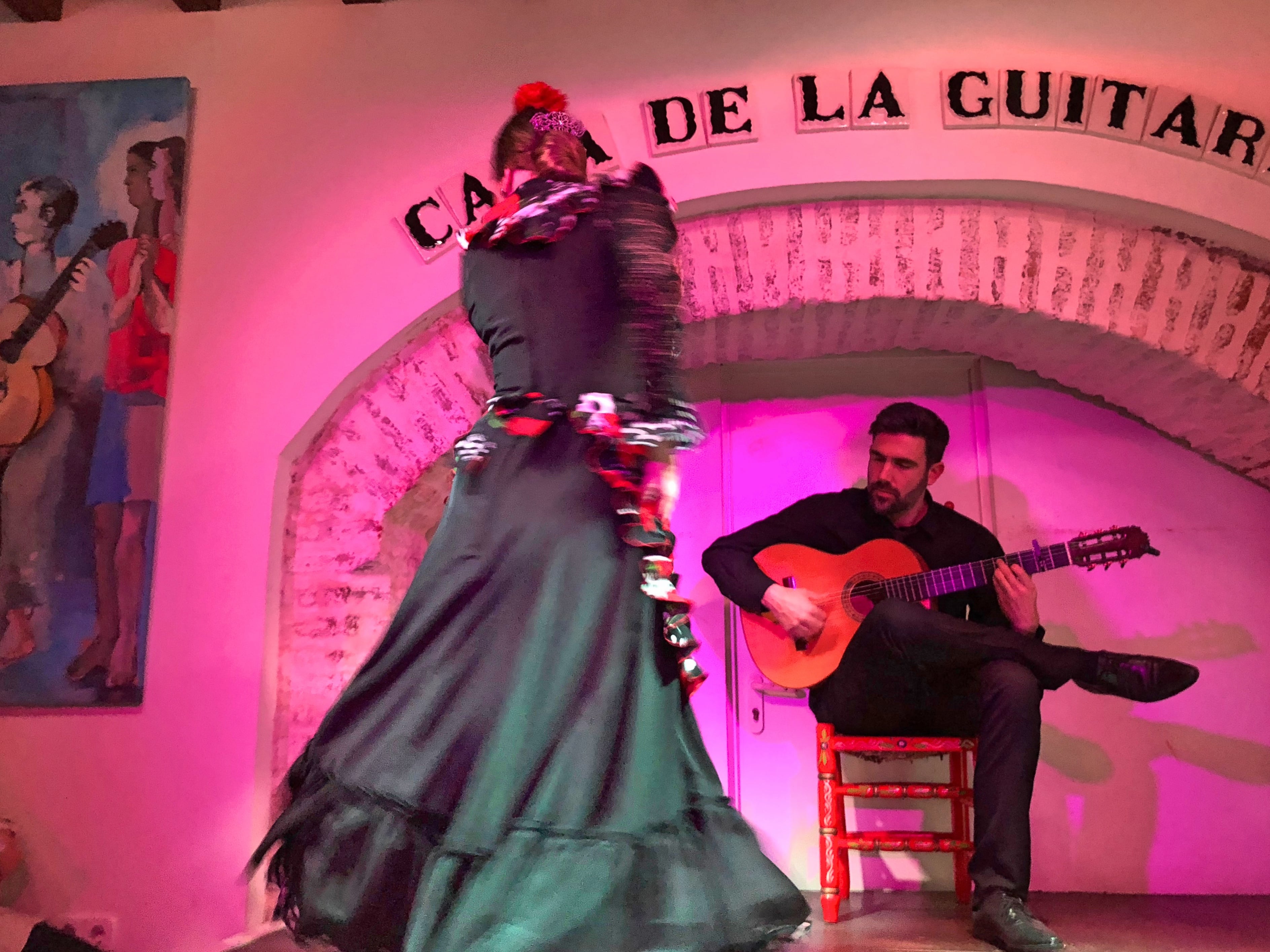
Either/Or: A Fragment of Life by Søren Kierkegaard
My rating: 4 of 5 stars
Of course, a critic resembles a poet to a hair, except that he has no anguish in his heart, no music on his lips.
This is one of those rare unclassifiable books, whose genre was born the day it was published and which has since left no heirs. Kierkegaard gives us what appears, at first, to be a sort of literary experiment: the papers of two imaginary characters, found inside the escritoire by a third imaginary character. These two characters—referred to as ‘A’ and ‘B’—serve as the titular either/or; and their writings are a study in contrast. Specifically, Kierkegaard uses these two personages to juxtapose the aesthetic with the ethical modes of life, presumably asking the reader to choose between them. You might say it is a ‘choose your own adventure’ book of philosophy, except the adventure chosen turns out to be your life.
Part 1, by A, gives us the aesthetic man. We are presented with extracts from a journal, essays on Mozart’s Don Giovanni and ancient tragedy, a study of boredom, and the famous Seducer’s Diary: A’s record of his carefully planned seduction of a young girl. Part 2 is more focused, consisting of two long letters sent by B (who is supposed to be a middle-aged judge) to A, both exhorting the latter to turn towards a more ethical view of life. The styles of the two writers are suitably different: A is excitable, hyperbolic, and aphoristic, while B is more staid and focused. Nevertheless, it is never difficult to tell that Kierkegaard is the true author.
Neatly summarizing the difference in perspectives would be difficult, since Kierkegaard tends to be flexible with his own definitions. Perhaps the best way to capture the contrast is with the book’s central metaphor: seduction vs. marriage. In the first, A is concerned with attaining a maximum of pleasure. He is not a hedonist, and is not very interested in sex. Rather, he is interested in avoiding boredom by carefully shaping his developing relationship like a well-plotted novel, ensuring that each emotion is felt to the utmost. His primary concern, in other words, is to avoid the stale, the cliché, the repetitive. The judge, by contrast, sees marriage as far preferable to seduction, since it is through commitments like marriage that the inner self develops and becomes fully actualized. While the aesthete prefers to live in the moment, the ethical man notes that, even if every moment is novel, the self remains the same. Change requires commitment.
Interpreting the book is difficult. Are we being asked to make a choice in values? Such a choice could have no basis but chance or personal whim, since no pre-existing value could guide us between two incompatible value-systems. This, you might say, is the existentialist interpretation of the book: the primacy of choice over values. Yet other options are available. For example, despite Kierkegaard’s famous opposition to Hegel’s philosophy, this text is open to a Hegelian reading. Specifically, B’s perspective seems in many respects superior to A’s, since B demonstrates that he is able to understand A, while A presumably cannot understand B. Thus, you can perhaps regard B as the Hegelian antithesis to A’s thesis; and perhaps both of these can be united in a wider perspective, such as in Kierkegaard’s Knight of Faith—a religious unity of inner feeling and outer obligation. There is also the unmistakable autobiographical element in this writing, since Kierkegaard had not long before broken off his own engagement.
This is just to scrape the surface of possibility. And this shows both the strength and weakness of Kierkegaard’s writing. On the one hand, this book is highly rich and suggestive, with brilliant passages buried amid piles of less compelling material. On the other hand, to call a book “rich” and “suggestive” is also to call it confused. Since no clear message emerges, and since there are no arguments to guide the way, the book can easily yield interpretations consonant with pre-conceived opinions. In other words, it is hard to me to imagine somebody being convinced to change their mind by reading this. But Kierkegaard can perhaps better be likened to a good art critic than to a systematic philosopher, for the value in his writing consists more in illuminating comments than in a final conclusion.
On the whole, however, I must say that I emerged with a distaste for Kierkegaard’s writing. At times he rises to commanding eloquence; but so often he seems to wallow in confusing and repetitive intricacies. More to the point, I find the general tenor of his writing to be anti-rationalist; and this is exemplified in the complete lack of argument in his writings. But nobody could deny that, all told, this is an extraordinary book and a worthy addition to the philosophical tradition.
View all my reviews











